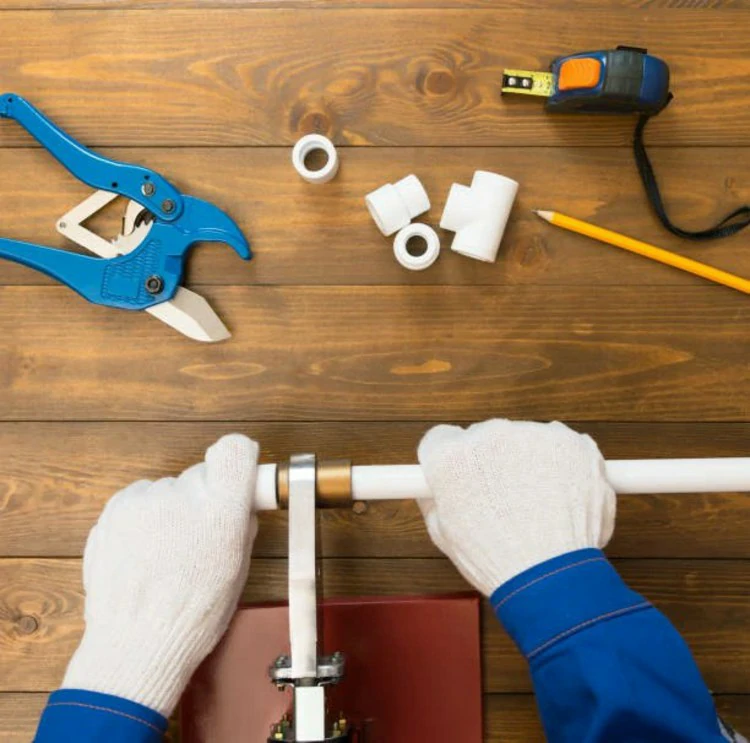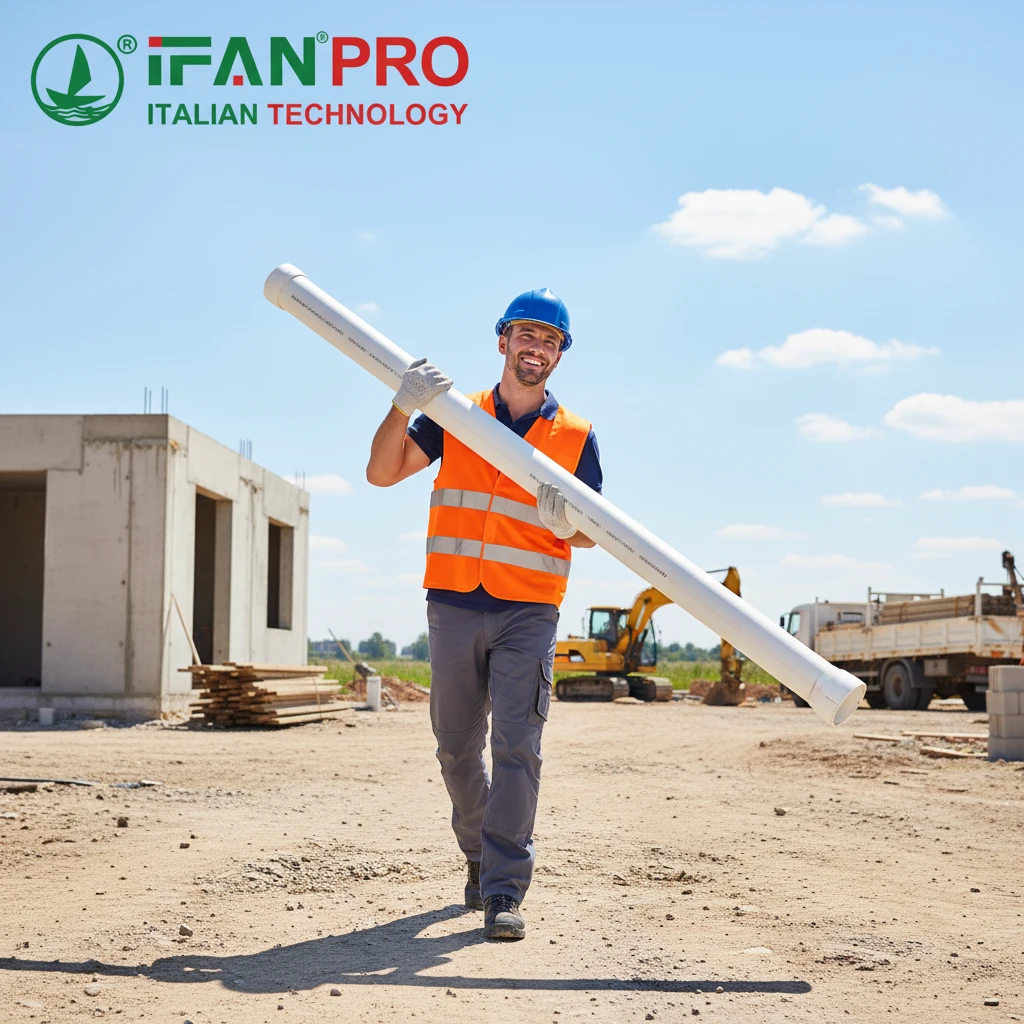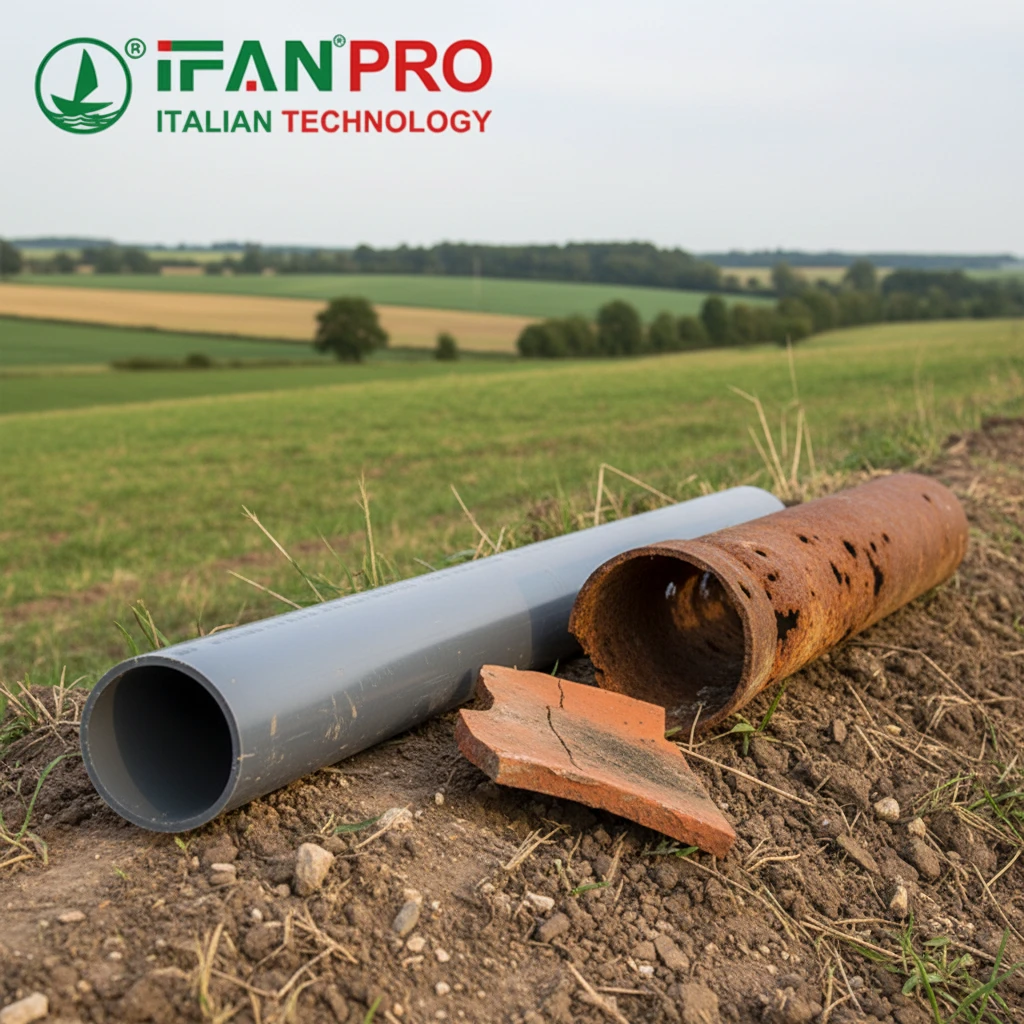Introduction:
PPR (Polypropylene Random Copolymer) pipeline systems have transformed fluid conveyance across industries with their versatility, durability, and easy installation. However, to ensure optimal performance and longevity, precise installation techniques and attention to detail are essential. In this article, we’ll explore effective methods and tips for installing PPR pipeline systems, guaranteeing leak-free connections and seamless operation.
Preparation and Planning
1.1 Assessing the Installation Environment Before commencing the installation process, assess the installation environment thoroughly to identify potential obstacles, structural constraints, and piping routes. Consider factors such as accessibility, clearance requirements, and proximity to other utilities to ensure a smooth and efficient installation process.
1.2 Gathering the Necessary Tools and Materials Before commencing the installation, ensure all necessary tools and materials are readily available. Essential tools for PPR pipeline installation include pipe cutters, reamers, heat fusion machines, deburring tools, measuring tape, marker pens, and safety gear like gloves and goggles. Additionally, source top-notch PPR pipes, fittings, and accessories from trusted suppliers to ensure the reliability of the pipeline system.
1.3 Developing a Comprehensive Installation Plan Develop an installation plan that covers the layout, dimensions, and specifications of the PPR pipeline system. This plan must detail pipe routing, fitting locations, and support or bracket placement to optimize space usage and reduce the chances of obstructions or damage. Refer to applicable codes, standards, and regulations to ensure compliance with industry requirements and safety protocols.
Installation Techniques
2.1 Cutting and Deburring PPR Pipes Start by measuring and marking the PPR pipes accurately according to the installation plan. Use a pipe cutter to make clean, perpendicular cuts at the marked locations, ensuring smooth and uniform pipe ends. After cutting, use a deburring tool to remove any burrs or rough edges from the pipe ends to facilitate proper fitting insertion and prevent leaks.
2.2 Heat Fusion Jointing Method To join PPR pipes, use the heat fusion method, which entails melting the pipe and fitting ends to form a seamless, leak-proof connection. Start by heating the fusion machine to the designated temperature for the pipe size and wall thickness. Once the machine reaches the desired temperature, align the pipe and fitting squarely and insert them into the heating jaws of the fusion machine. Apply uniform pressure throughout the heating and cooling phases to ensure proper fusion and joint integrity.
2.3 Mechanical Jointing Alternatives In addition to heat fusion, mechanical jointing methods like compression fittings or threaded connections can be used for PPR pipeline installation in specific applications. Compression fittings offer a quick and convenient alternative for joining PPR pipes without requiring heat fusion equipment. Meanwhile, threaded connections provide flexibility and easy disassembly for maintenance or modifications.
Best Practices and Tips
3.1 Ensure Adequate Support and Alignment Proper support and alignment are essential for the structural integrity and performance of the PPR pipeline system. Use appropriate hangers, clamps, or brackets to support the pipes at regular intervals and maintain alignment along horizontal and vertical runs. Avoid excessive bending or sagging of pipes, as this can lead to stress concentration and premature failure.
3.2 Conduct Pressure Testing and Inspection After completing the installation, conduct a thorough pressure test to verify the integrity of the PPR pipeline system and identify any leaks or defects. Pressurize the system gradually and monitor for pressure drop or signs of leakage at joints, connections, and fittings. Additionally, visually inspect the entire pipeline system for proper alignment, support, and adherence to installation standards.
3.3 Prioritize Safety and Training Ensure that installers are adequately trained and competent in PPR pipeline installation techniques, safety procedures, and regulatory requirements. Provide personal protective equipment (PPE) and enforce safe work practices to prevent accidents, injuries, and property damage during installation activities. Regularly update training programs and certifications to keep installers informed of the latest industry developments and best practices.
Conclusion:
Mastering the installation of PPR pipeline systems requires careful planning, attention to detail, and adherence to industry best practices. By following proper techniques, using the right tools and materials, and prioritizing safety and training, installers can ensure successful PPR pipeline implementation across various applications. Whether it’s plumbing systems, heating installations, or industrial pipelines, PPR offers a reliable and efficient fluid conveyance solution, promoting infrastructure longevity and sustainability.
IFAN is a Chinese manufacturer of plastic pipes, fittings and valves with 30 years of experience. If you are interested in IFAN Raccords en cuivre, vannes en cuivre, tuyaux et raccords en plastique, veuillez nous contacter. IFAN offers you a variety of standard pipes to meet your specific needs. Click below to learn more about IFAN’s wide range of affordable and cost-effective valve products and piping system related products.
We will reply your email or fax within 24 hours.
You can call us at any time if there is any question on our production.
For more information,pls visit our webside https://ifanpro.com/
Veuillez envoyer un courrier à l'adresse suivante [email protected]
Whatsapp : + 86 19857948982














Commentaires récents